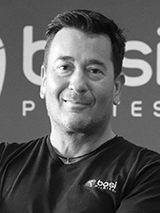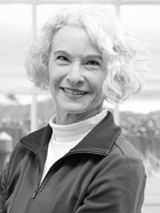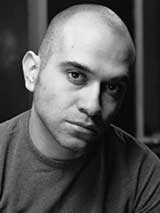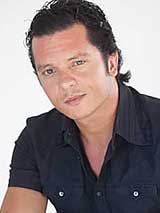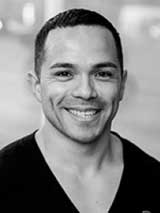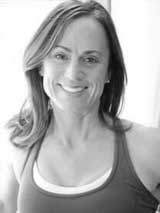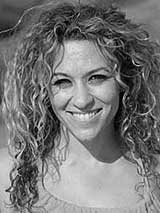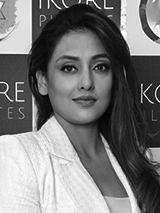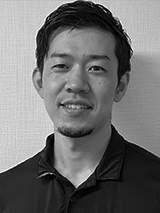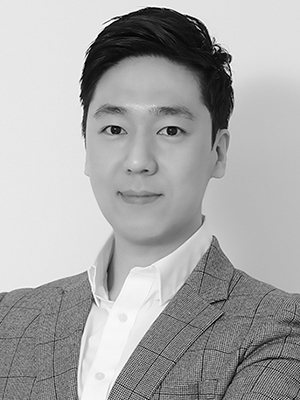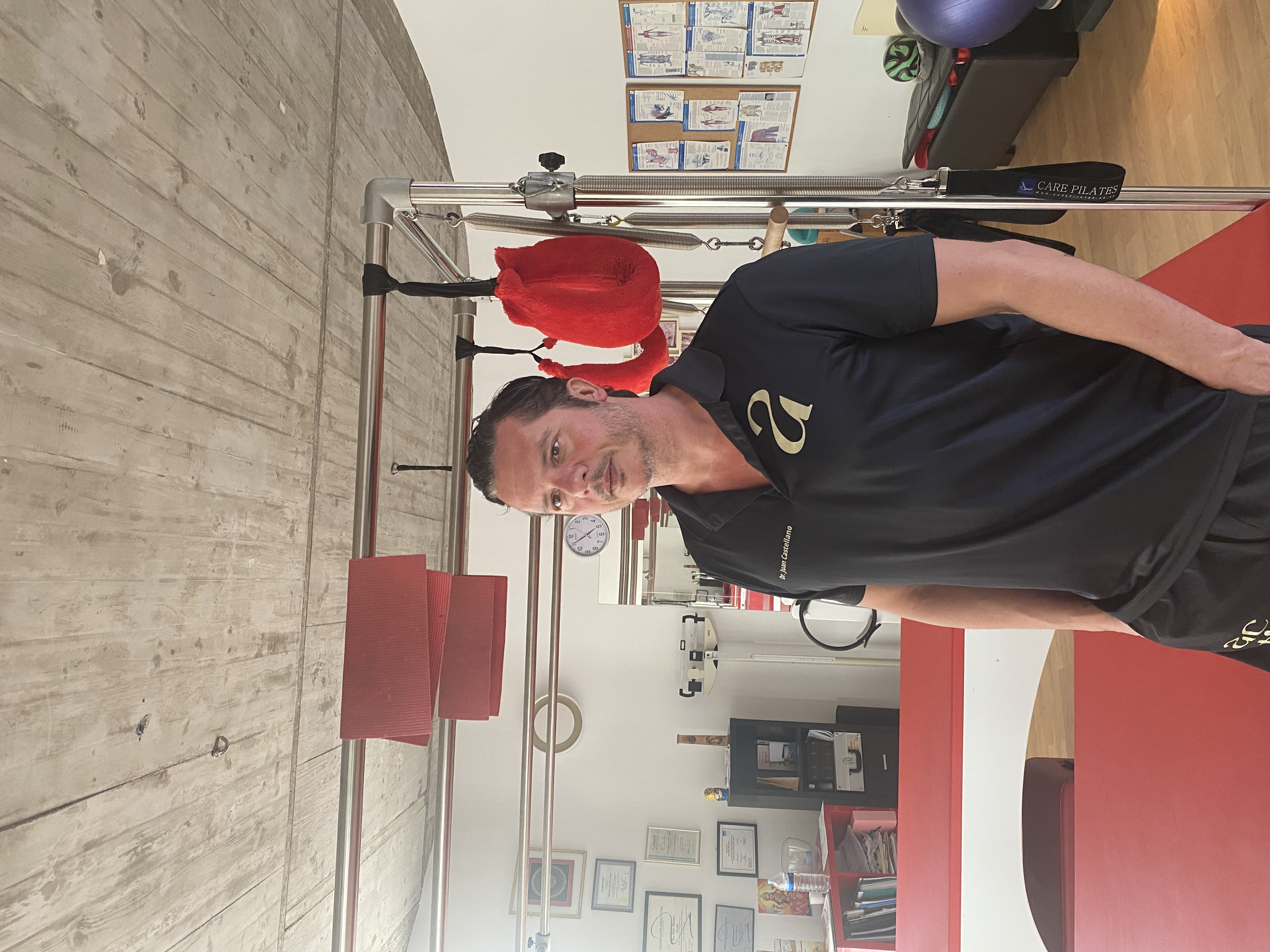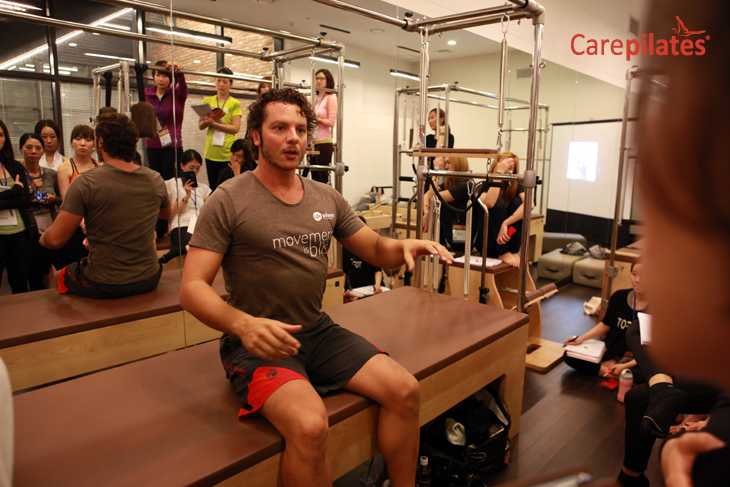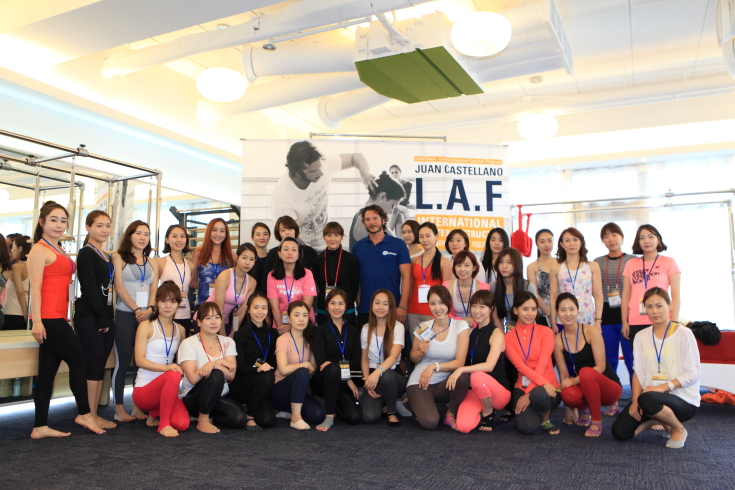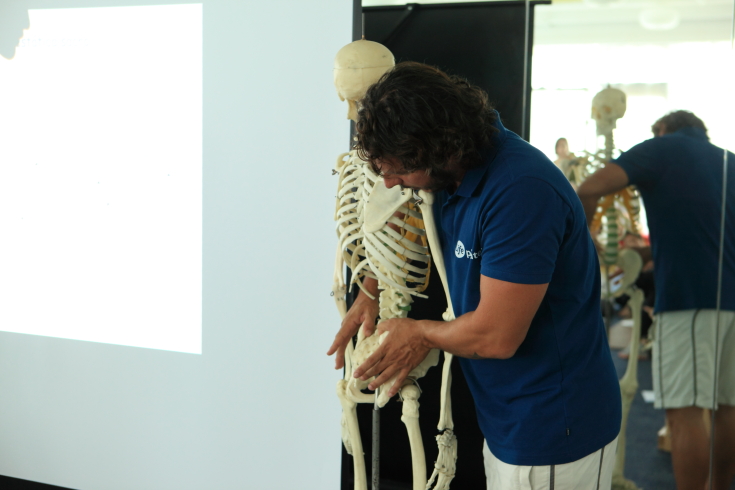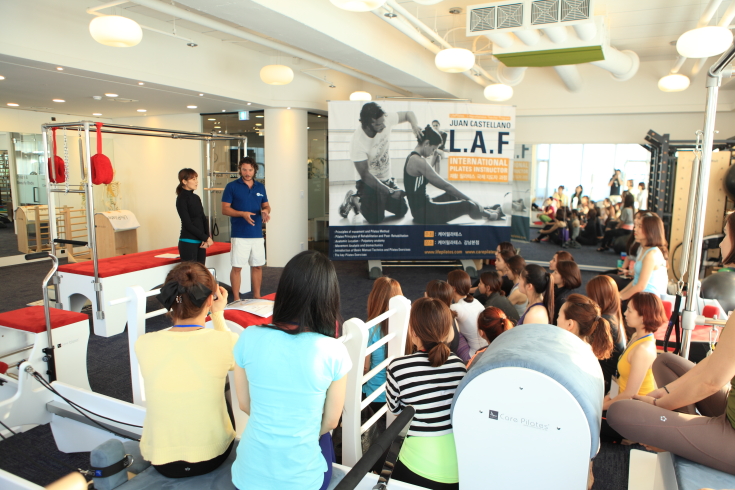-

-

2024 OFFLINE PRESENTER
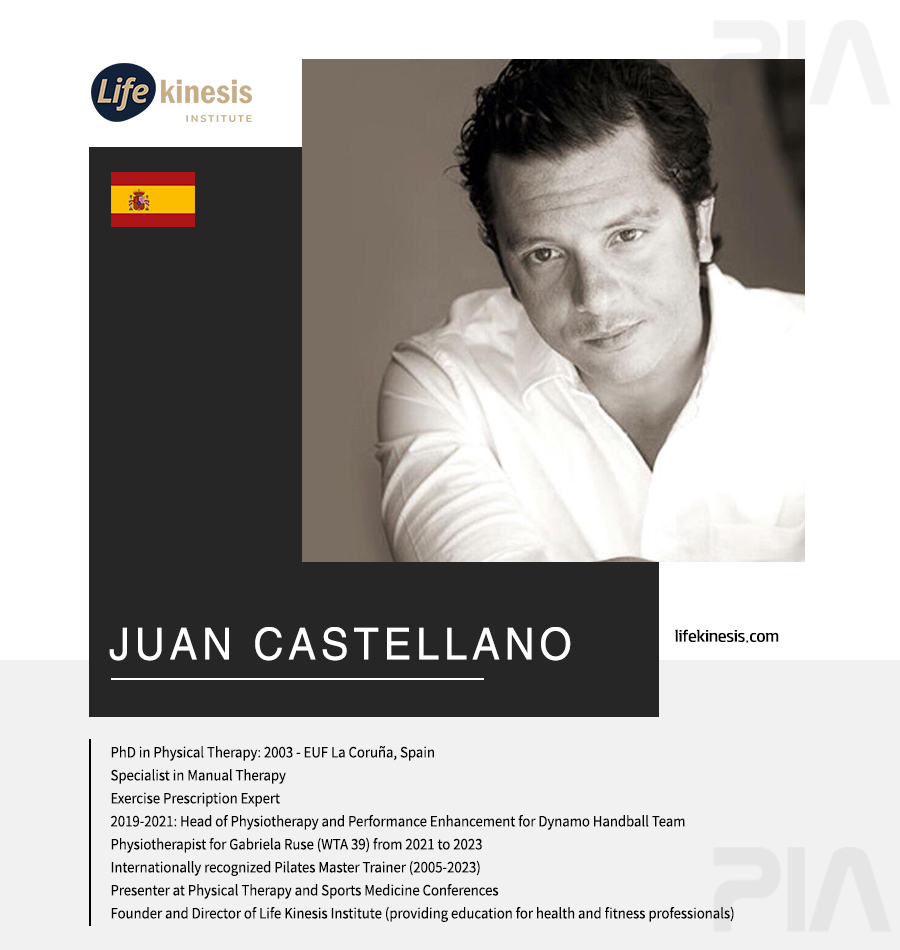
-
BIOGRAPHY
He begun his pre-doctoral program initiating clinical trials on diabetes type II in 2009 and his research focused on the exercise and life style for promoting health, specifically the biological mechanisms.
He is an expert in the prescription of exercise for chronic diseases. As keynote speaker he is a common presenter in the most important congresses and events in relation with the health industry worldwide.
He has worked in public hospitals in primary and secondary care in the elaboration of rehabilitation protocols for children, adults and the elderly.
His large background in multiple fields in medicine gave him the skills for the management of multidisciplinary teams in the health industry specifically in the prevention and treatment of chronic diseases.
With more than 25 years of clinical experience and in the training of health professionals, he became an icon , being requested as a consultant in several projects to create or restore clinics and wellness centers worldwide. -
Media is Comming soon.
- 2024 May, 17 Friday
-
Medical Pilates for elderly people

- Time : https://drive.google.com/drive/folders/15Y63oDM8tDSom2IMUB2p5U6xNJj0MI52?usp=sharing Location : 104 Required Equipment : Chair, barrels, spine corrector, reformer boxes Total number of people : 50people
-
At this workshop we will show the evidence based in the latest 25 years of practicing with special populations including elders over 60 years old. At this course you will learn how to perform a health- biomechanical screening and design of programs for elders with special attention in the mobility and strength of the hip, shoulder and spine complex.
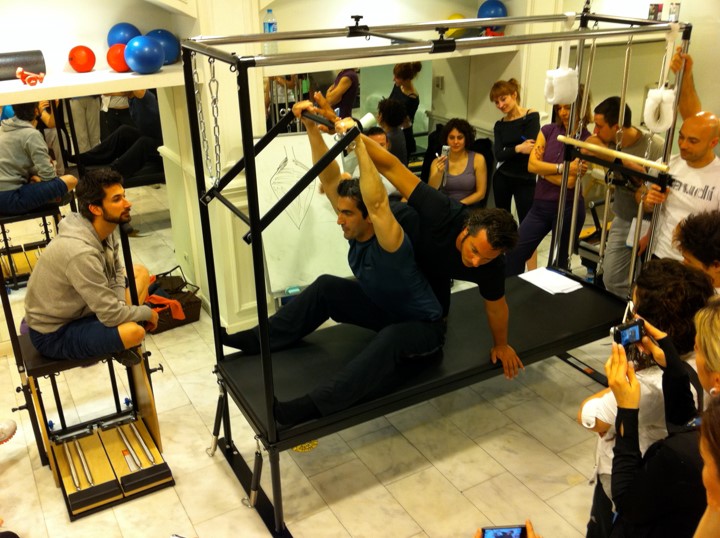
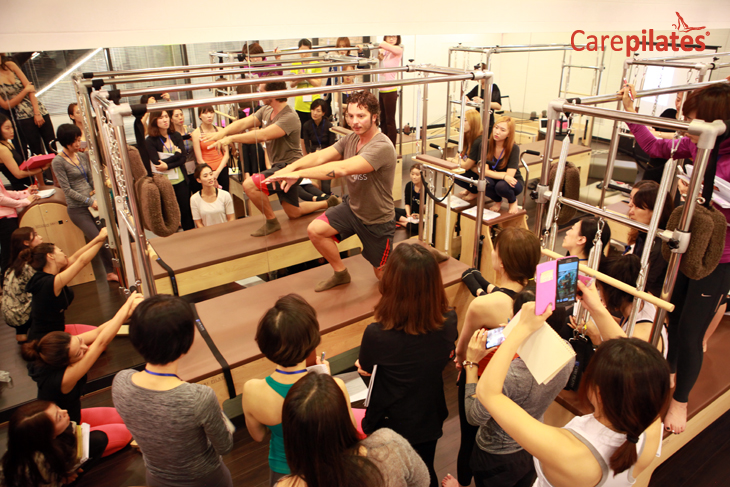
- 2024 May, 17 Friday
-
Pilates exercise program for Chronic low back pain (CLBP)

- Time : https://drive.google.com/drive/folders/150T2K2eJIjgIcXUzUT9IexjuQuKO0QlE?usp=sharing Location : 106 Required Equipment : Chair, Reformer, Mats, reformer boxes, over-balls Total number of people : 50people
-
Which specific modes of exercise training are most effective for treating low back pain?
The Chronic low back pain (CLBP) therapeutic approach should be a priority for fitness and health care professionals, since, according to the World Health Organization.
Chronic low back pain (CLBP) is pain lasting 12 weeks or longer localized below the costal margin and above the inferior gluteal folds, with or without leg pain.
Dr. Juan Castellano brings a new approach in sport medicine and physiotherapy for the management of mechanical dysfunctions that occurs during CLBP.
At this workshop we will introduce the actual methods that had shown evidence in the management of Chronic LBP and present a new approach to compare the effectiveness of Pilates exercises designed specifically for LBP comparing with other methods that have demonstrated evidence in this field.
The main intention of this workshop is to promote further research in the Pilates method and its evolution to analyze and understand the advantages and the limitations of Pilates method regarding Pilates trainers’ education in the field of rehabilitation and fitness.
In 2 practical laboratories we will learn how to address muscle flexibility- extensibility, postural organization, functionality, reducing pain, fatigue, and the education of patients for a long-term quality of life improvement.
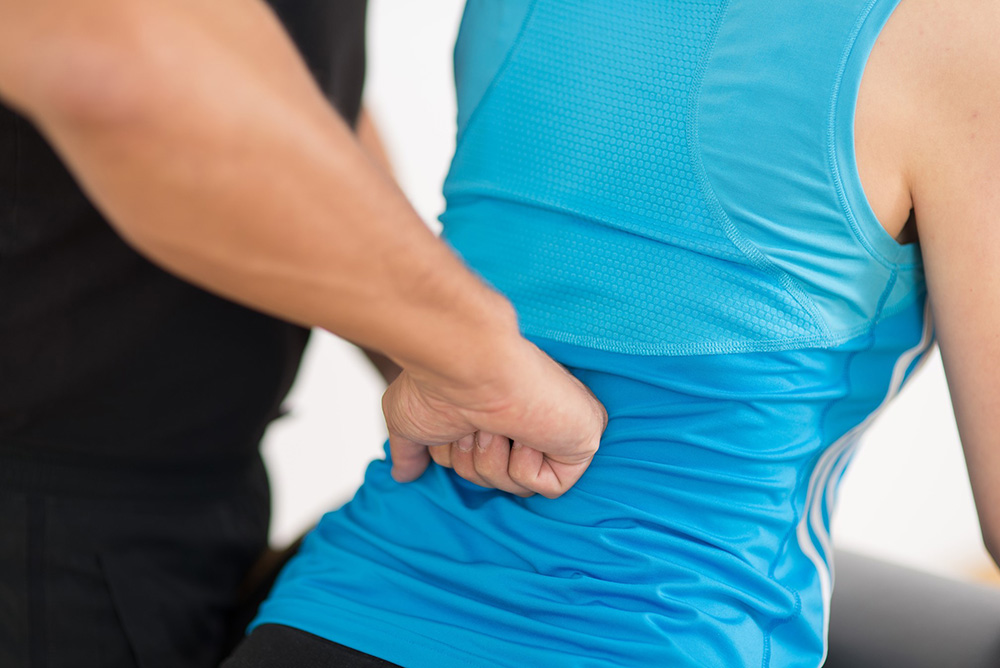

- 2024 May, 18 Saturday
-
Pilates approach for restoring of Frozen shoulder

- Time : https://drive.google.com/drive/folders/1OWxU0bWEFZkNHRQAoJNUKA9dITVBanto?usp=sharing Location : 106 Required Equipment : Mats, spine corrector, reformer boxes, over-balls Total number of people : 50people
-
Dr. Juan Castellano has been studying retractile capsulitis for several years, applying clinical trials that combine manual therapy and exercises adapted to the morphology and other relevant aspects related to the biomechanics that affect the shoulder function. You will achieve a practical experience performing advanced technics for the recovery of mobility using the Pilates apparatuses and manual technics.
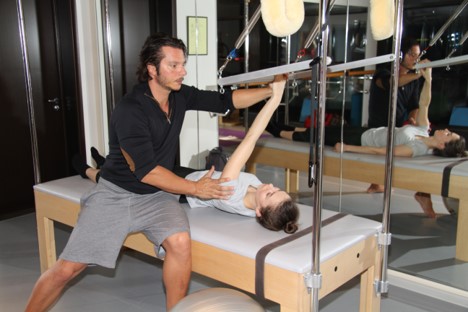
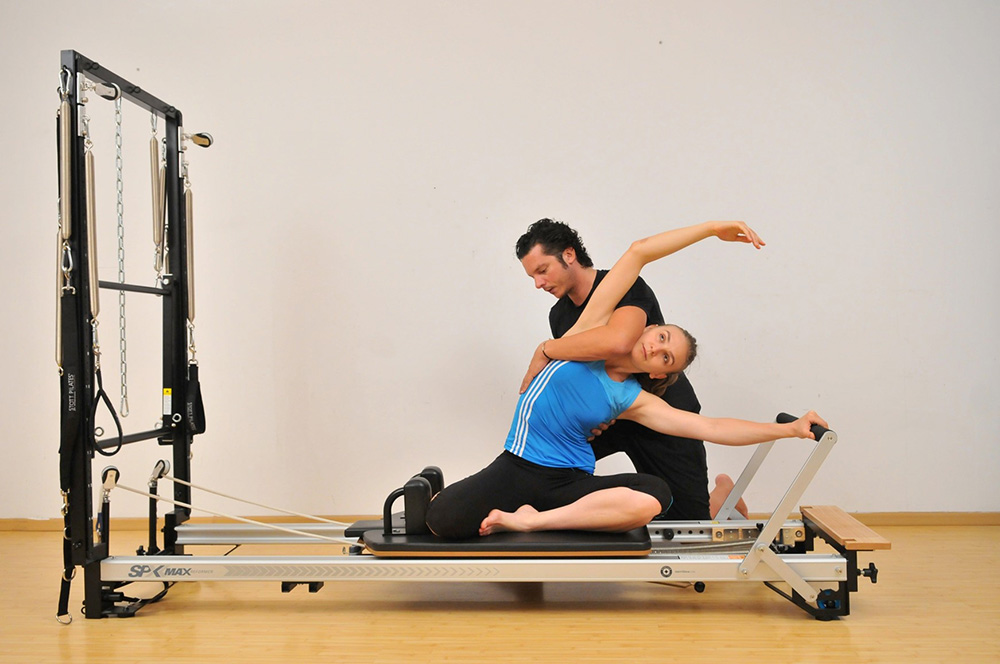
- 2024 May, 18 Saturday
-
Neurodegenerative diseases. The Pilates objectives and solutions to deal with the side effects

- Time : https://drive.google.com/drive/folders/1CZcR4LqZGJOx_qnO6tqN_eQHOMU_wNSC?usp=sharing Location : 202 Required Equipment : Mats, spine corrector, reformer boxes, over-balls Total number of people : 50people
-
At this course you will learn the main objectives and Adapting Pilates exercises in Patients with Amyotrophic Lateral Sclerosis (ALS). ALS affect to the second motoneuron at the peripheric nervous system. The partial denervation or missing conductivity induce patients to lose functionality and quality of life gets affected immediately. Exercise is one of the main objectives to maintain strength and mobility but the way to prescribe exercise in this field is still not clear.
The main objectives will be presented. Respiratory exercises to improve diaphragmatic function and restore the side effects of breathing dysfunction. Strength exercises and the recovery of mobility where spastic muscles are predominant.
A real clinical case will be presented in video showing technics and exercises at home and in the clinic with different accessories and apparatuses.
This class is forwarded for trainers with vocation and patience to work with difficult populations.
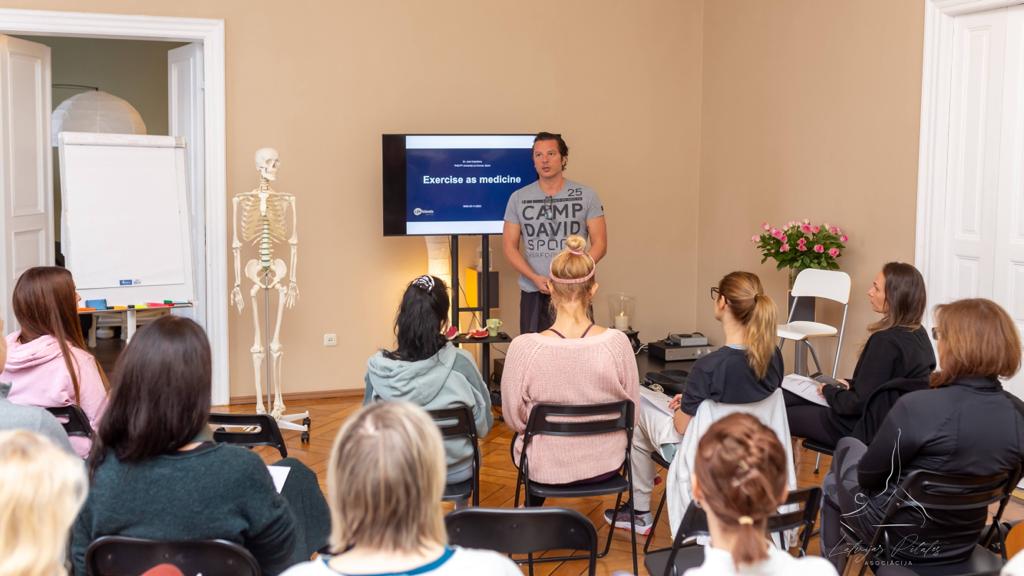
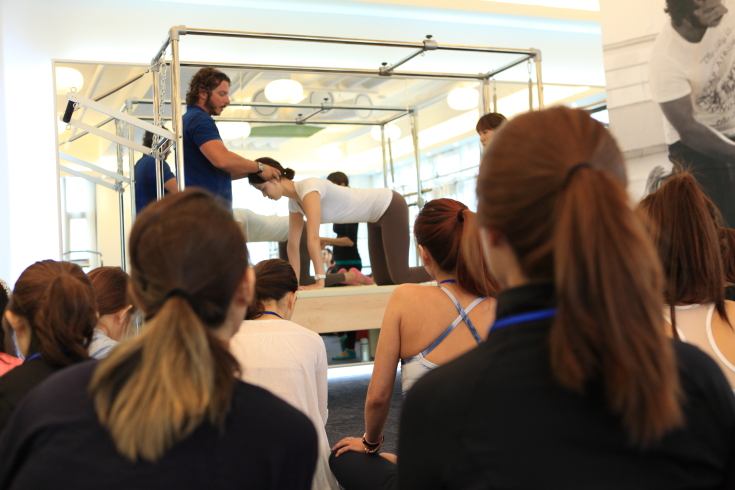
- 2024 May, 19 Sunday
-
Clinical Pilates Biomechanics for Overhead sports

- Time : https://drive.google.com/drive/folders/19QvPv3KyrzQ2IUIQ3IkAeQ97NzcooF1C?usp=sharing Location : 106 Required Equipment : Chair, Reformer, Mats, reformer boxes, over-balls Total number of people : 50people
-
Biomechanics is a key area in player development because all strokes have a fundamental mechanical structure and sports injuries primarily have a mechanical cause.
The large external muscles used for purposeful motion and speed often create sub luxating shear forces in addition to the desired actions. Impingement and attrition syndromes are common consequences. To counter this, as well as to provide selective rotation, there are the four muscles that constitute the rotator cuff.
The kinetic chain links upper extremity, lower extremity, and core muscle segments by transmitting coordinated activation and motion; in this regard, any pathologic process that disturbs the groin, hip, and abdominal musculature can further result in an increased risk of injury to the shoulder and upper extremity.
At this workshop we will show common shoulder injuries and mechanical dysfunctions due to overhead sports.
Tennis, Golf, Volleyball, Basketball, Handball injuries will be presented and discussed.
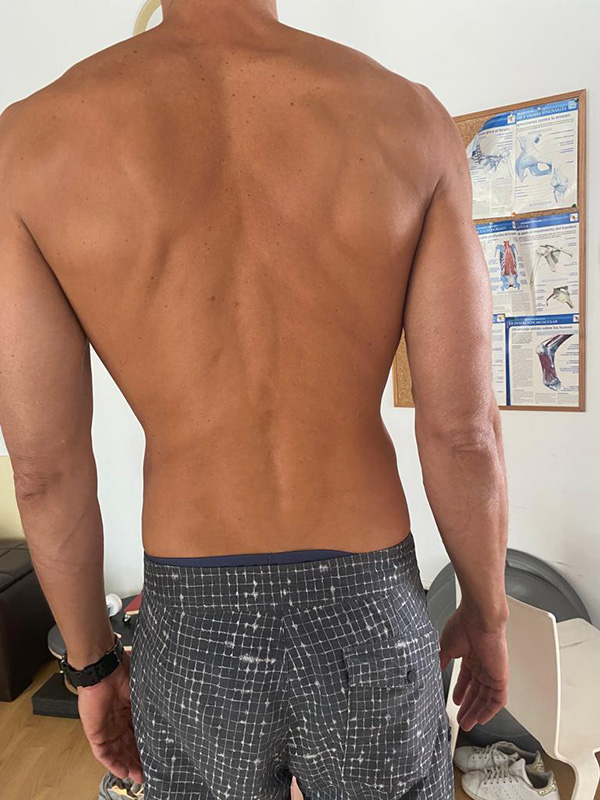
- 2024 May, 19 Sunday
-
Idiopathic Scoliosis. A new approach with a corrective and adaptative Pilates Program

- Time : https://drive.google.com/drive/folders/1xI5w1sTyFLc92FlpCqCBmP-rQdgZGFUn?usp=sharing Location : 104 Required Equipment : Chair, Reformer, Mats, reformer boxes, over-balls Total number of people : 50people
-
Adolescent idiopathic scoliosis (AIS) affects 1-3% of children aged 10-16 and causes problems as back pain, pulmonary restriction, reduced mobility, and disfigurement.
In recent decades, there has been a call for change among all stakeholders involved in scoliosis management. Parents of children with scoliosis have complained about the so-called “wait and see” approach that far too many doctors use when evaluating children’s scoliosis curves between 10° and 25°. Observation, Physiotherapy Scoliosis Specific Exercises (PSSE) and bracing for idiopathic scoliosis during growth are all therapeutic interventions accepted by the 2011 International Society on Scoliosis Orthopaedic and Rehabilitation Treatment (SOSORT). The standard features of these interventions are: 1) 3-dimension self-correction; 2) Training activities of daily living (ADL); and 3) Stabilization of the corrected posture.
Dr. Juan Castellano has been observing different approaches from the main schools of scoliosis ( Lyon approach from France, the Katharina Schroth Asklepios approach from Germany, the Scientific Exercise Approach to Scoliosis (SEAS) from Italy, the Barcelona Scoliosis Physical Therapy School approach (BSPTS) from Spain, the Dobomed approach from Poland, the Side Shift approach from the United Kingdom, and the Functional Individual Therapy of Scoliosis approach (FITS) from Poland.)
Even if there is certain evidence at the medical literature that all those schools have certain evidences to prevent progression or even get some results in the reduction of cob degrees in idiopathic scoliosis it is still missing research and practice to adapt a fitness program that include strength exercises specifically in muscle hypertrophy and aerobic physical condition what provides a larger range of benefits specifically in youths.
In this course you can observe a real case of a youth with a medium I.S performed by JC in video presentation that shows evidence in 6 weeks of a daily fitness program.
In the practical workshop you will achieve methodology and understand what kind of exercises ( duration, intensity and frequency )has more benefits to achieve muscular condition and rebalance. We will describe some precautions specifically with the intensity and range of movement adapted to different morphotypes.
The conclusions will be detailed by the presenter who is working to demonstrate that his method focus on the prevention, correction and physical condition in idiopathic scoliosis in adolescents. During the practical workshop you will experience how to adapt the starting position and execution of exercises on dynamic apparatuses and one protocol with Pilates mat exercises combined with calisthenics adapted to I.S
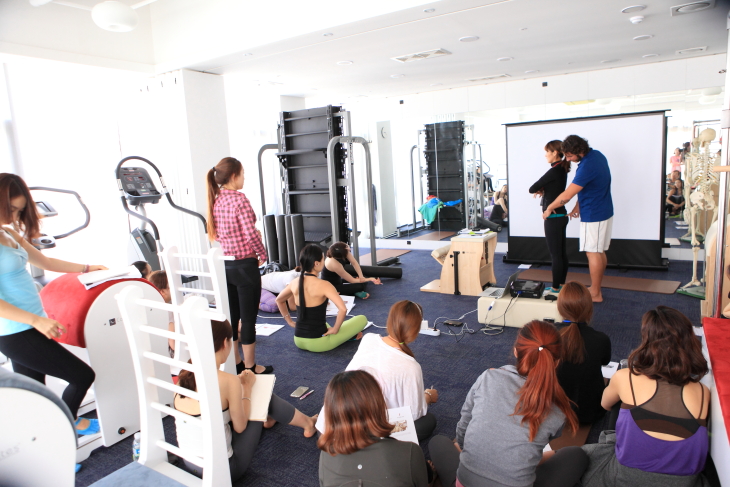
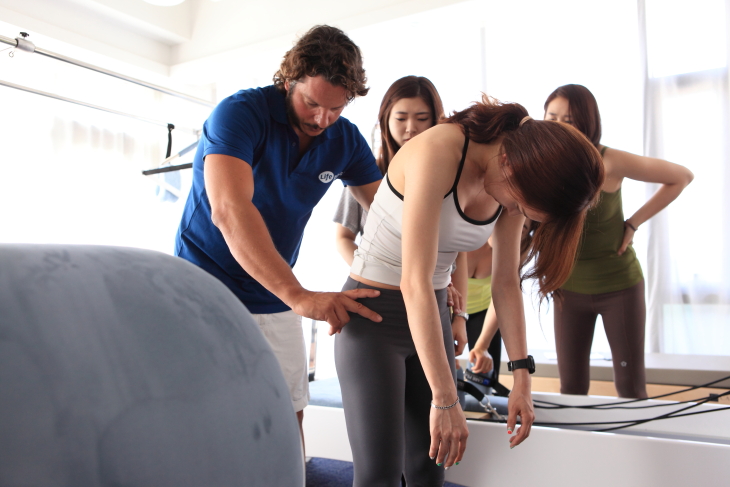
-




